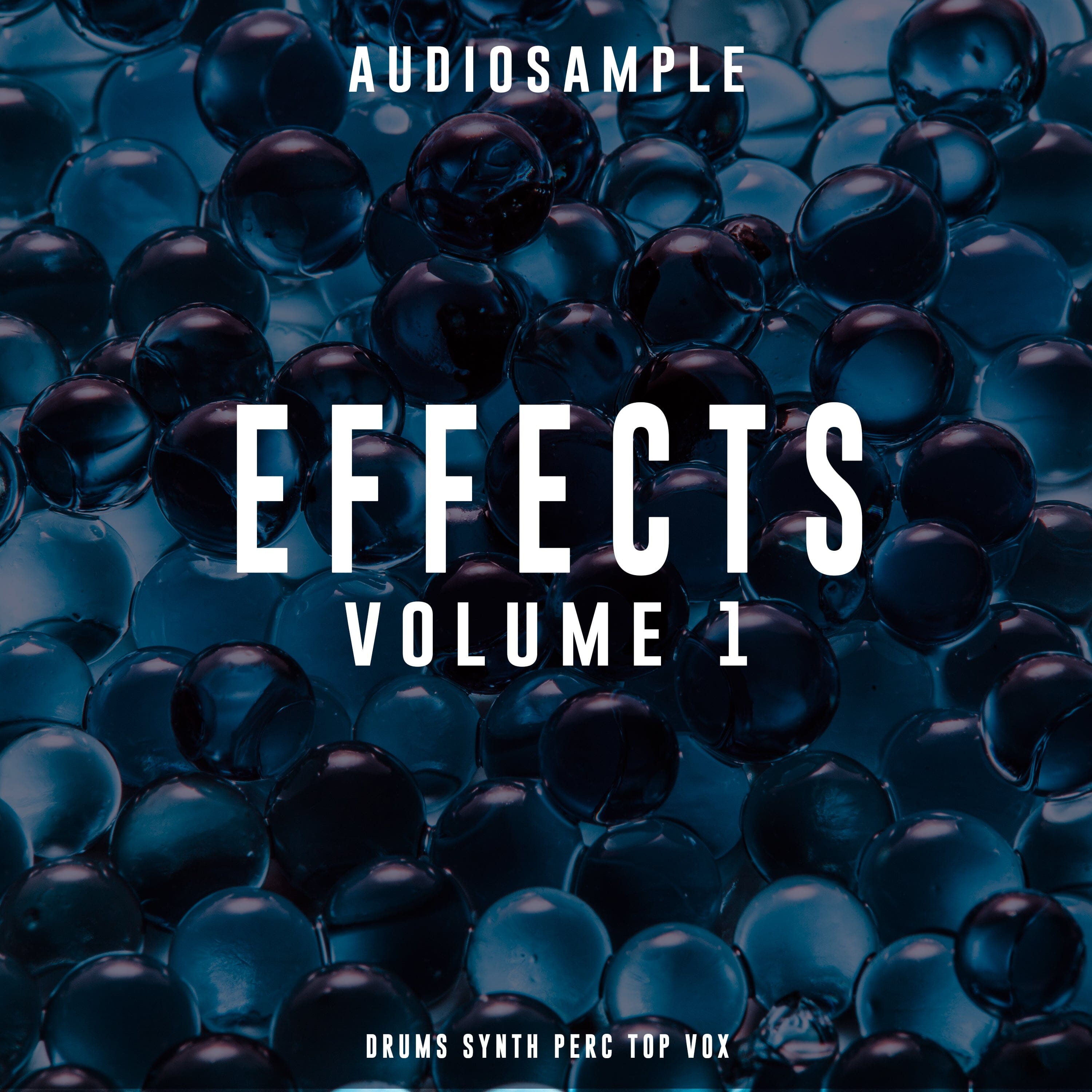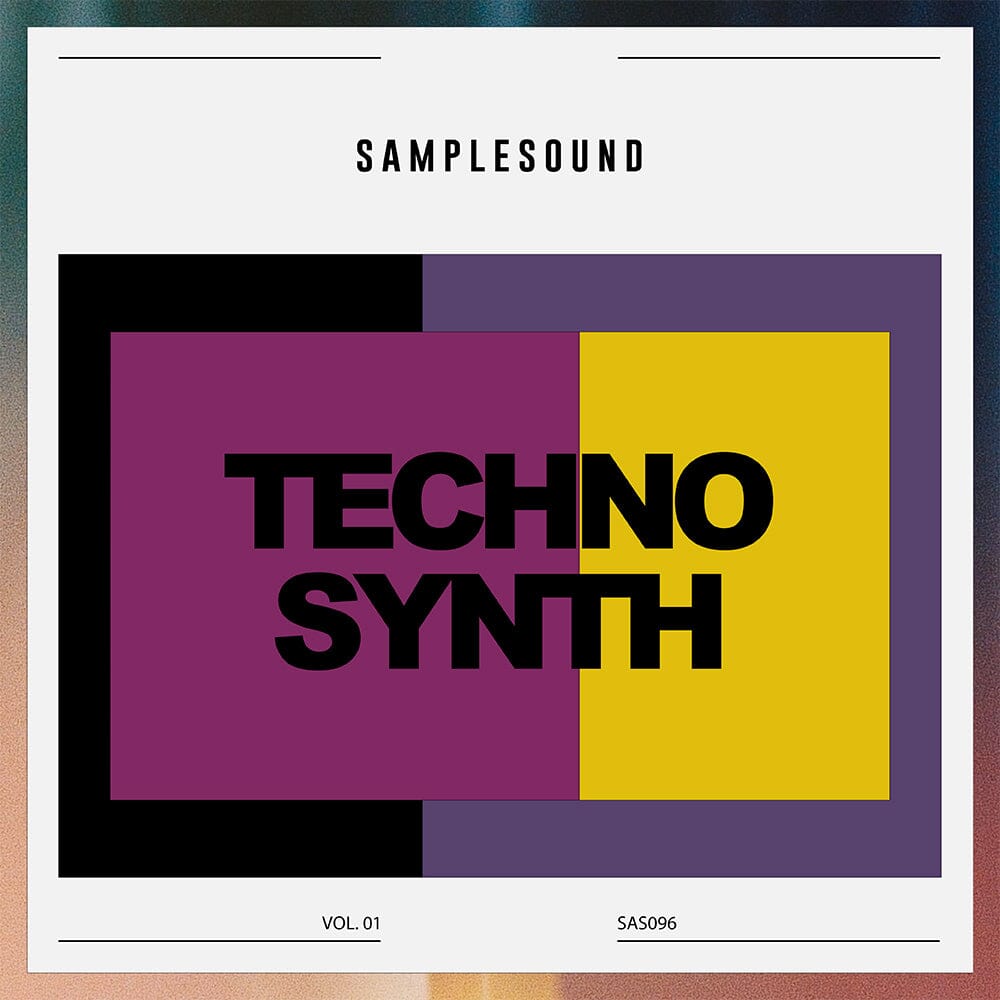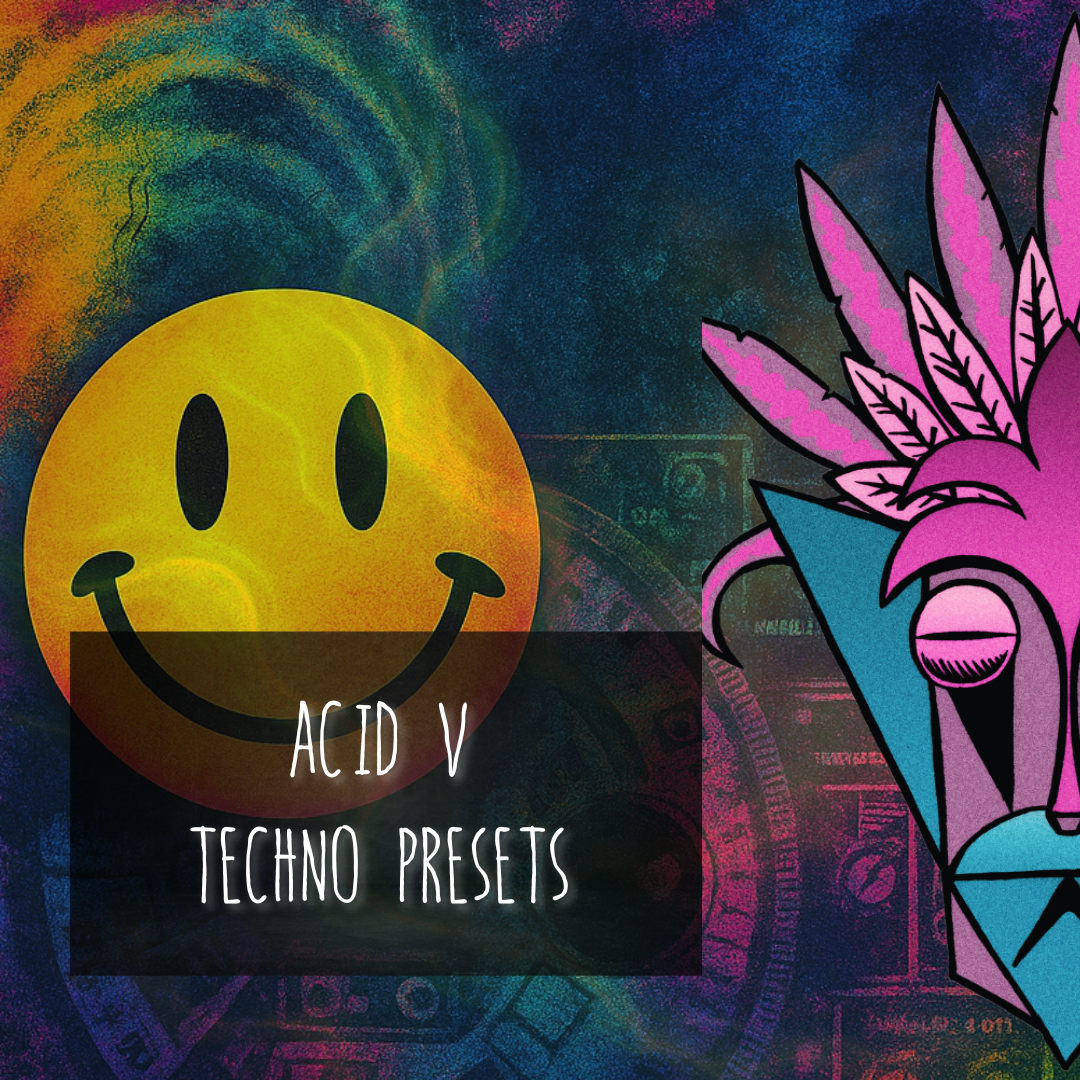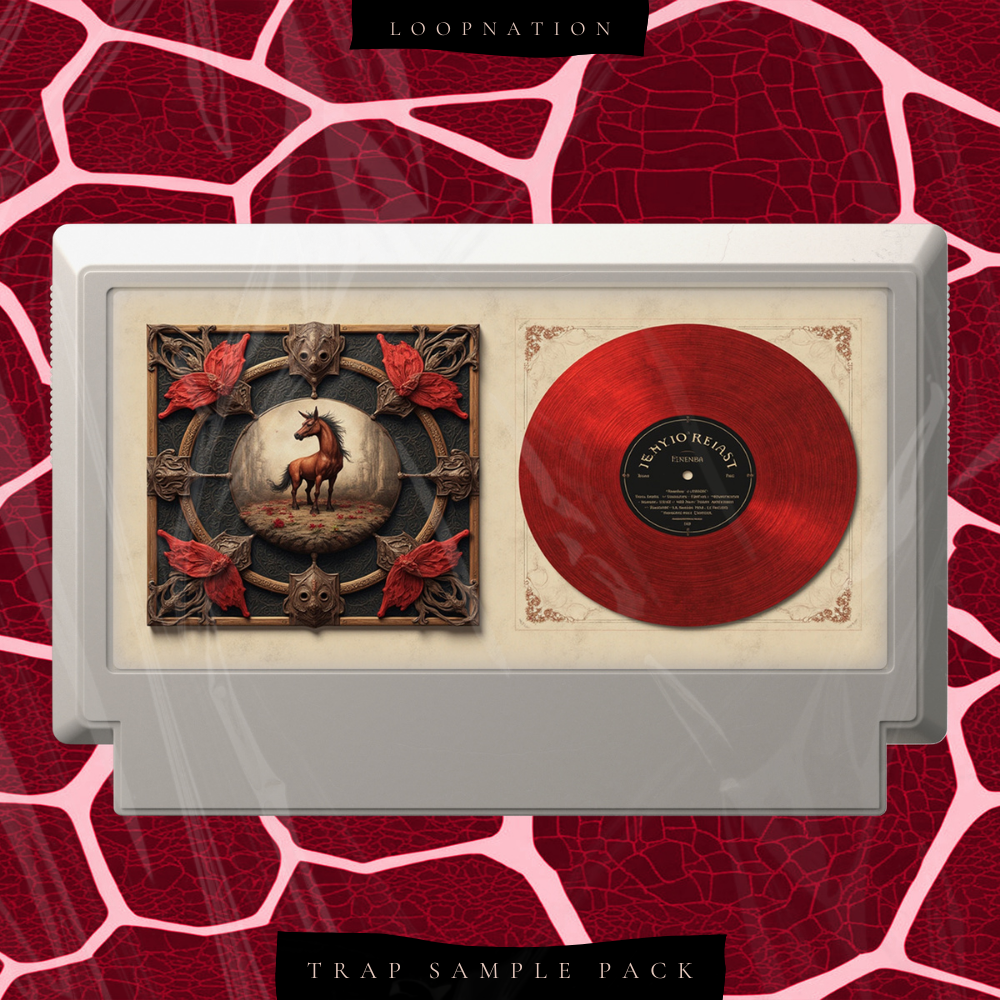When it comes to creating unforgettable tracks that get people moving, two essential elements stand out: harmony and melody. These building blocks of great songs can make or break a track, especially in the world of EDM and underground genres. Whether you're a seasoned producer or just starting out, understanding how to craft and combine harmony and melody can elevate your music to new heights.
Overview of Harmony and Melody
Harmony and melody are the dynamic duo of music production. Harmony refers to the combination of different musical notes played or sung simultaneously, creating a rich and full sound. Melody, on the other hand, is the sequence of notes that you hum along to – the catchy, memorable part of a song. Together, they form the backbone of any great track.
Importance in EDM and Underground Genres

In the realm of EDM and underground music, the right harmony can set the mood and build the atmosphere, while a strong melody can drive the energy and keep the crowd engaged. Think of your favorite tracks: it's the blend of these elements that makes them stand out. From the deep, pulsating beats of underground techno to the euphoric drops of festival anthems, harmony and melody play a crucial role.
In this article, we’ll dive deep into the world of harmony and melody, exploring what they are, why they matter, and how you can master them to create tracks that resonate with your audience. We’ll break down complex concepts into practical tips and provide real-world examples to inspire your next production. So, let's get started and unlock the secrets to crafting songs that not only sound good but feel great.
Understanding Harmony
What is Harmony?
Definition and Basics
Let's start with the basics: what exactly is harmony? Harmony happens when two or more notes are played together to create a richer sound. Think of it as the backbone of your track, providing the depth and fullness that make your music come alive. If melody is the story, harmony is the setting – it gives context and emotion to your tune.
Types of Harmony
There are various types of harmony you can explore. Here are two common ones:
- Diatonic Harmony: This is harmony built from notes within a particular key. It's straightforward and often used because it sounds pleasant and natural to our ears. For example, in the key of C major, diatonic harmony would use chords like C, Dm, Em, F, G, Am, and Bdim.
- Chromatic Harmony: This type of harmony includes notes outside of the key, adding more color and tension. It's great for creating surprise and excitement in your tracks. Imagine adding a G# to a C major progression – it gives a unique twist that stands out.
Role of Harmony in EDM and Clubbing Music
Creating Atmosphere and Emotion
In the world of EDM and underground music, harmony is a powerful tool for setting the mood. Whether you’re aiming for a dark, brooding atmosphere or an uplifting, euphoric vibe, the right harmony can transport your listeners to another world. Take the haunting harmonies in Gesaffelstein's "Pursuit" or the uplifting chords in Avicii's "Levels" – these tracks use harmony to evoke strong emotions and build unforgettable experiences.
Examples from Popular EDM Tracks
Let's look at some examples:
-
Deadmau5 – "Strobe": This track uses lush, evolving harmonies to create an emotional journey that captivates from start to finish. The interplay between the harmonic layers adds depth and richness.
-
Calvin Harris – "Summer": The bright, diatonic harmony in this song sets a cheerful and energetic tone, making it a perfect summer anthem.
Practical Tips for Producers
Choosing the Right Chords
Selecting the right chords is crucial for building a strong harmonic foundation. Start with basic triads (three-note chords) and experiment with different progressions to see what fits your track's vibe. Don’t be afraid to mix major and minor chords to add emotional complexity.
Layering Harmonies for Depth
Layering is a technique that can transform a simple chord progression into something extraordinary. Here’s how you can do it:
- Stacking Synths: Use different synth sounds to play the same chords. This adds texture and richness. For example, combine a lush pad with a plucky arpeggio.
- Adding Octaves: Play the same harmony an octave higher or lower to add more depth. This technique is often used in big room house and trance to create that massive sound.
- Incorporating Vocal Harmonies: If you have vocal elements in your track, harmonize them with the chords to add a human touch. This works great in genres like future bass and melodic dubstep.
By understanding and effectively using harmony, you can elevate your music production, creating tracks that are not only sonically pleasing but also emotionally impactful.
Next, we’ll dive into melody, the partner in crime to harmony, and explore how these two elements work together to create unforgettable music.

Exploring Melody: What is Melody?
Definition and Basics
Now that we’ve covered harmony, let’s dive into melody. Melody is the sequence of notes that catch your ear and stick in your mind. It’s the part of the song you find yourself humming long after the music stops. If harmony sets the scene, melody is the main character, leading the listener through the musical journey.
Characteristics of a Good Melody
A good melody has a few key characteristics:
- Memorable: It should be easy to remember and catchy.
- Singable: Whether it’s a vocal line or an instrumental hook, a good melody is something you can sing along to.
- Balanced: It should have a mix of repetition and variation to keep it interesting.
- Emotionally Resonant: A great melody evokes feelings and connects with the listener on an emotional level.
Role of Melody in EDM and Clubbing Music
Driving the Track Forward
In EDM and underground genres, melody plays a crucial role in driving the track forward. It’s often the element that stands out the most, capturing the listener’s attention and guiding them through the track’s progression. A strong melody can make the difference between a track that’s just good and one that’s unforgettable.
Examples from Iconic Tracks
Let’s take a look at some iconic tracks where melody takes center stage:
- Avicii – "Wake Me Up": The memorable guitar riff in this song is a perfect example of a simple yet effective melody that carries the track.
- Martin Garrix – "Animals": The powerful lead melody in this track became an anthem in the EDM world, demonstrating how a strong, catchy melody can dominate a song.
Practical Tips for Producers
Crafting Catchy Melodic Hooks
Creating a catchy melodic hook is an art form in itself. Here are some tips to get you started:
- Start Simple: Begin with a simple idea and gradually build on it. Complex melodies can be overwhelming, so simplicity is key.
- Use Repetition: Repetition helps make melodies more memorable. Think of how many times the hook in your favorite song is repeated.
- Play with Rhythm: Varying the rhythm of your notes can add interest and make your melody stand out. Experiment with different note lengths and patterns.
Using Scales and Modes Effectively
Understanding scales and modes is essential for crafting effective melodies. Here are a few tips:
- Major and Minor Scales: These are the most common scales in Western music. Major scales tend to sound happy and bright, while minor scales sound sad or serious. Use these to match the mood you want to create.
- Modes: Modes are variations of the major and minor scales that can add unique flavors to your melodies. For example, the Dorian mode is great for a jazzy or funky feel, while the Phrygian mode can add a darker, more mysterious vibe.
- Experiment with Uncommon Scales: Don’t be afraid to step outside the norm. Scales like the harmonic minor or pentatonic can give your melodies a distinctive edge.
Practical Example
Let’s put these tips into practice with a quick example. Suppose you’re working on a new track and you want a catchy hook. Start by choosing a scale, like C major. Play around with simple note sequences within that scale, focusing on a rhythm that feels good. Once you have a basic idea, repeat it a few times, and then introduce slight variations to keep it interesting. Layer it with different instruments to see how it changes the feel of the melody.
By mastering melody, you can create tracks that captivate and move your audience. In the next section, we’ll explore how to integrate harmony and melody to craft cohesive and compelling songs.
Integrating Harmony and Melody
How Harmony and Melody Interact
Creating a Cohesive Sound
Harmony and melody are like two sides of the same coin. When integrated well, they create a cohesive and compelling sound that makes your track memorable. Think of harmony as the canvas and melody as the paint – together, they bring your musical vision to life.
Balance and Contrast
A great track balances harmony and melody, allowing each to shine without overpowering the other. Contrast is also key – a smooth, flowing melody can be beautifully complemented by unexpected harmonic changes, adding depth and interest to your music.
Examples from Successful Tracks
Breakdown of Harmonic and Melodic Structure
To see how harmony and melody work together, let’s break down a couple of successful EDM tracks:
- Zedd – "Clarity": This track features a powerful melodic hook supported by rich, evolving harmonies. The verses use simpler harmonies to let the melody shine, while the chorus brings in fuller chords to create an emotional impact.
- Porter Robinson – "Language": Here, the intricate melody is layered over lush harmonic textures. The interplay between the high-energy melody and the harmonic foundation drives the track forward and keeps the listener engaged.
Case Studies of Popular EDM Songs
Examining popular tracks can provide insight into how top producers integrate harmony and melody:
- Calvin Harris – "Feel So Close": This song uses a repetitive, catchy melody supported by straightforward harmonic progressions. The simplicity of the chords allows the melody to stand out, making it instantly recognizable.
- Avicii – "Levels": The iconic melody in "Levels" is supported by a rich harmonic background that evolves throughout the track, keeping it fresh and exciting while maintaining a cohesive sound.

Practical Tips for Producers
Techniques for Smooth Integration
To seamlessly integrate harmony and melody in your tracks, consider these techniques:
- Harmonic Rhythm: Ensure that the rhythm of your chords complements the rhythm of your melody. If your melody has long, sustained notes, try using chords that change less frequently. For a fast, intricate melody, more frequent chord changes can add excitement.
- Voice Leading: This technique involves smoothly transitioning between chords by keeping common tones and moving other notes stepwise. It helps create a seamless blend between harmony and melody.
- Dynamic Layering: Use dynamic variations to highlight different elements at different times. For instance, during a verse, you might lower the volume of harmonic elements to let the melody take the forefront, and then bring the harmony up during the chorus for a fuller sound.
Avoiding Common Pitfalls
While integrating harmony and melody, be mindful of these common pitfalls:
- Overcrowding: Avoid having too many elements competing for attention. Ensure there’s enough space in your mix for both harmony and melody to be heard clearly.
- Repetition Without Variation: While repetition is important for creating memorable hooks, too much of it without variation can make a track feel monotonous. Introduce subtle changes in harmony or melody to keep things interesting.
- Ignoring Context: Make sure your harmonic and melodic choices fit the overall mood and style of your track. A beautiful melody might not work if it clashes with the intended vibe of your song.
Practical Example
Let’s put these tips into practice with a quick example. Suppose you have a melody in G major and you want to add harmony. Start by identifying the chords that fit well with your melody notes. For a G major melody, you might use G, C, D, and Em chords. Experiment with different progressions, and use voice leading to ensure smooth transitions between chords. Layer your harmony with dynamic variations, bringing it up during the chorus for impact and pulling it back during the verses to highlight the melody.
By effectively integrating harmony and melody, you can create tracks that are not only sonically pleasing but also emotionally resonant. In the next section, we’ll delve into advanced techniques for EDM producers to take their music to the next level.
Advanced Techniques for EDM Producers
Using Synths and Samples for Harmony
Selecting and Manipulating Sounds
Choosing the right synths and samples is crucial for crafting compelling harmonies. Here are some tips to get you started:
- Selecting Sounds: Opt for synths and samples that complement your track’s mood. Warm pads and lush strings work well for atmospheric harmonies, while punchy stabs and plucks can add rhythmic interest.
- Manipulating Sounds: Use filters, modulation, and effects to shape your sounds. For instance, adding a low-pass filter to a synth pad can create a smoother, more subdued harmony, while a high-pass filter can make it brighter and more cutting.
Creating Rich Harmonic Textures
Layering is key to creating rich harmonic textures. Here’s how you can do it:
- Layer Different Synths: Combine multiple synths playing the same chords to add depth. Use one for the lower frequencies, another for the midrange, and a third for the high end.
- Use Wide Stereo Imaging: Spread your harmonic layers across the stereo field to create a spacious, immersive sound. Panning different layers slightly left and right can give your track a fuller feel.
- Incorporate Subtle Movement: Add movement to your harmonies by automating parameters like filter cutoff, resonance, or LFO rate. This can make your harmonies feel more dynamic and alive.
Innovative Melodic Ideas
Experimenting with Rhythms and Phrasing
Innovative melodies often come from experimenting with rhythms and phrasing. Here are some ideas:
- Syncopation: Introduce off-beat rhythms to add interest and unpredictability. Syncopation can make your melody feel more dynamic and engaging.
- Polyrhythms: Layer different rhythmic patterns on top of each other. For example, you might have a 4/4 beat for the drums and a 3/4 rhythm for the melody. This can create a complex, interwoven texture.
- Varying Note Lengths: Play around with the length of your notes. Mix shorter staccato notes with longer, sustained ones to create contrast and variation in your melody.
Incorporating Unconventional Instruments
Adding unconventional instruments to your track can give it a unique flavor. Here’s how you can do it:
- Ethnic Instruments: Instruments like the sitar, djembe, or didgeridoo can add exotic textures to your music. Use them sparingly to highlight certain sections or create a distinct atmosphere.
- Field Recordings: Incorporate sounds from the real world, like city noise, nature sounds, or machinery. These can add an organic layer to your electronic production.
- Vintage Gear: Use vintage synths or samplers to bring a retro vibe to your track. Instruments like the Roland TR-808 or the Juno-60 have a distinctive sound that can add character.
Practical Example
Let’s put these advanced techniques into practice with a quick example. Suppose you’re working on a melodic techno track and want to create a rich harmonic texture. Start by selecting a warm pad sound for your base harmony. Layer it with a bright pluck synth playing the same chords but an octave higher. Add a sub-bass layer to reinforce the low end. Use automation to subtly modulate the filter cutoff on your pad to keep it evolving.
For the melody, experiment with syncopated rhythms to add a dynamic feel. Try incorporating an ethnic instrument like a sitar to play a counter-melody, adding an exotic touch. Finally, add some field recordings of a bustling city to the background, creating an immersive soundscape.
By using these advanced techniques, you can create tracks that stand out and captivate your audience. With harmony and melody working together, supported by innovative sound design and rhythmic experimentation, your music will reach new creative heights.
Summary of Key Points
In this article, we've explored the fundamental building blocks of great songs: harmony and melody. We've discussed what harmony and melody are, their roles in EDM and underground genres, and provided practical tips for producers. We've also delved into advanced techniques for integrating harmony and melody, using synths and samples, and experimenting with innovative melodic ideas.
By understanding and mastering these elements, you can elevate your music production and create tracks that resonate with your audience.
Encouragement to Experiment and Innovate
Remember, the world of music production is vast and full of possibilities. Don’t be afraid to experiment and innovate. Push the boundaries of harmony and melody, try new sounds, and explore unconventional instruments. The more you experiment, the more unique and captivating your music will become. Keep honing your skills, stay curious, and most importantly, have fun with the creative process.
FAQs
What are some essential tools for crafting harmony and melody in EDM?
Several tools can help you craft harmony and melody in your EDM productions:
- DAWs (Digital Audio Workstations): Popular DAWs like Ableton Live, FL Studio, and Logic Pro offer robust features for creating and manipulating harmony and melody.
- MIDI Controllers: Devices like the Akai MPK Mini or the Novation Launchkey make it easier to play and record your musical ideas.
- Music Theory Plugins: Tools like Captain Chords, Scaler, and Cthulhu can help you generate chord progressions and melodies, even if your music theory knowledge is limited.
How do I start building a melody from a harmonic progression?
Building a melody from a harmonic progression involves a few key steps:
- Choose Your Chords: Start with a basic chord progression that fits the mood of your track.
- Identify Key Notes: Focus on the notes within each chord. These notes will form the backbone of your melody.
- Create a Simple Motif: Develop a short, simple melodic phrase that you can repeat and vary throughout the track.
- Experiment with Rhythms: Play around with different rhythmic patterns to add interest to your melody.
- Add Variation: Introduce slight variations in pitch, rhythm, and dynamics to keep your melody engaging.
Can you recommend some plugins for creating unique harmonies?
There are several plugins that can help you create unique harmonies:
- iZotope VocalSynth: This plugin allows you to manipulate vocal harmonies in creative ways, perfect for adding a futuristic touch to your tracks.
- Antares Harmony Engine: This tool provides advanced harmony generation capabilities, allowing you to create rich, complex harmonies.
- Output’s Arcade: While not specifically a harmony plugin, Arcade offers a range of unique soundscapes and loops that can inspire new harmonic ideas.















